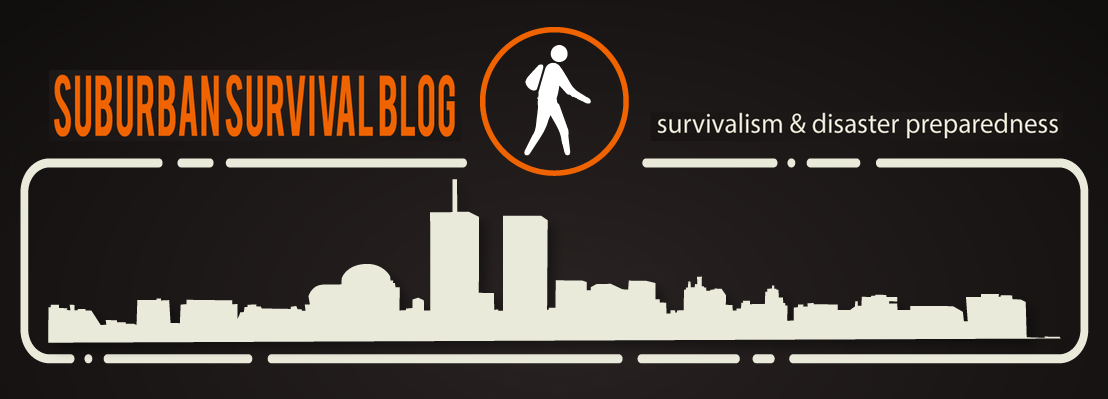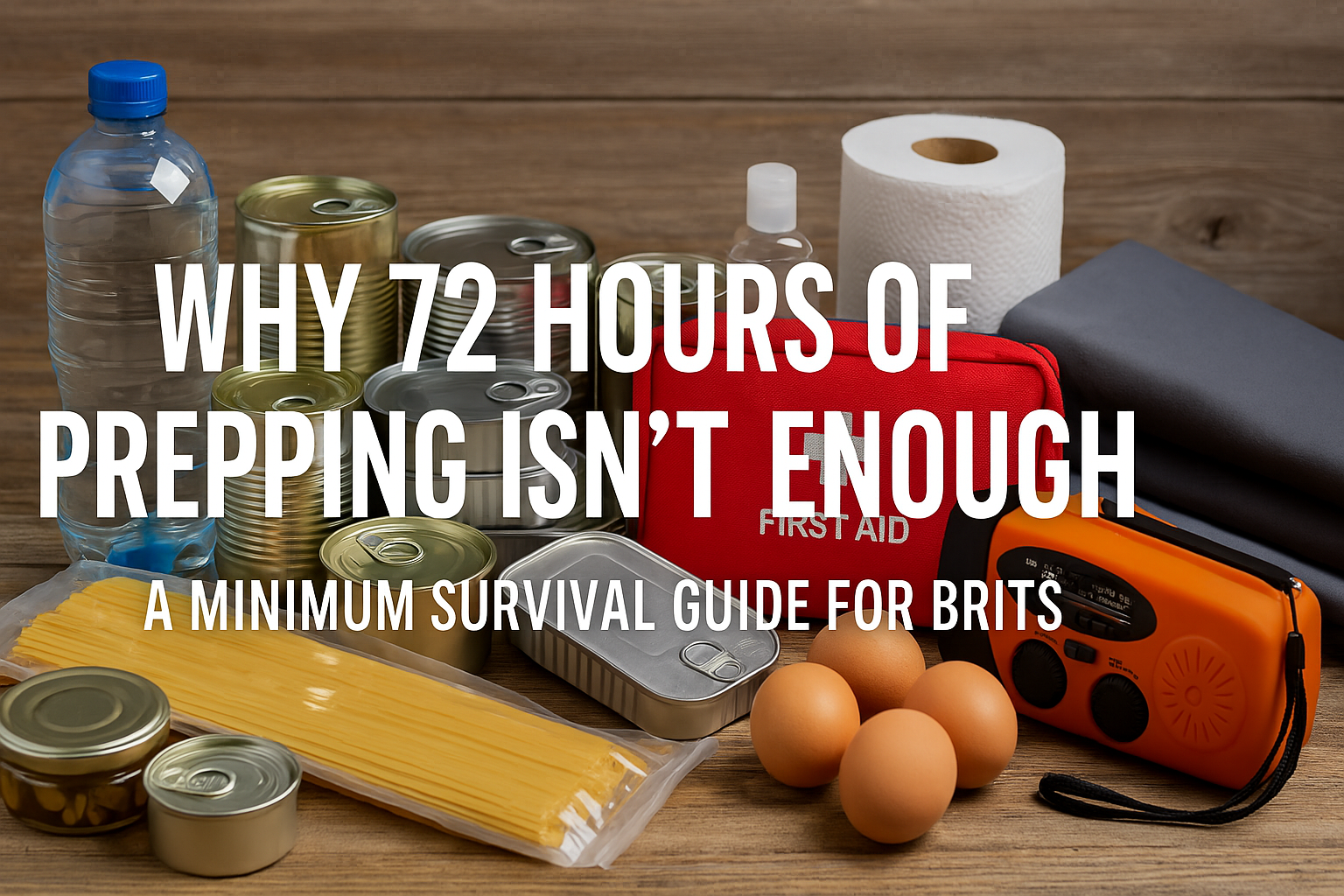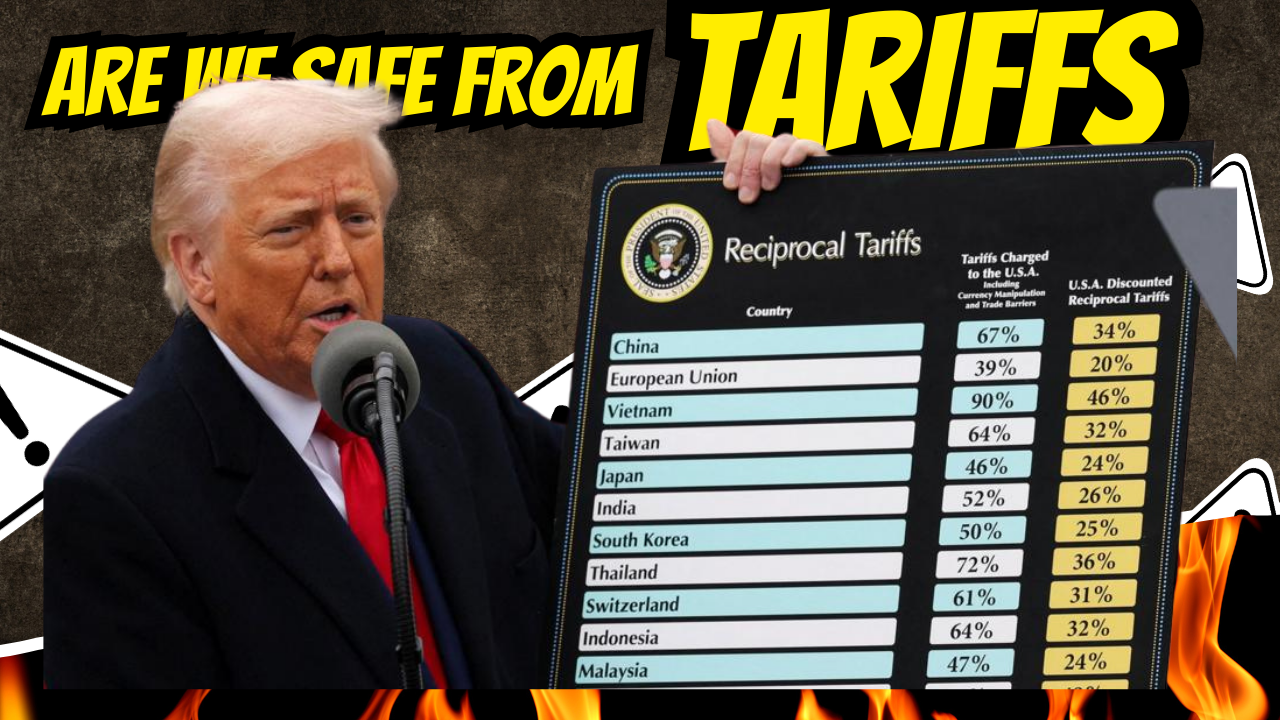The global economy is always in a state of flux, and while it’s impossible to predict the future with certainty, there are often warning signs that indicate an impending financial crisis. As we approach 2023 and 2024, experts are keeping a close eye on the economy and identifying key indicators that could signal trouble ahead. From rising debt levels to unstable housing markets and geopolitical tensions, there are several factors that could contribute to a potential financial crisis in the years to come. In this article, we’ll explore five key warning signs that could indicate an impending financial crisis, and what steps individuals and businesses can take to prepare for the worst. Whether you’re a financial expert or just want to stay informed about the state of the global economy, this article is a must-read. So buckle up and let’s dive in!
Understanding a Financial Crises
Before we delve into the warning signs of an impending financial crisis, it’s important to understand what financial crises are and what causes them. Simply put, a financial crisis occurs when there is a significant disruption to the financial system that leads to a sharp decline in economic activity. This disruption can be caused by a variety of factors, including debt crises, asset bubbles, and banking panics.
In the past, financial crises have had devastating effects on individuals, businesses, and entire economies. The Great Depression of the 1930s, the Asian Financial Crisis of the late 1990s, and the Global Financial Crisis of 2008 are just a few examples of the far-reaching consequences of financial crises. While it’s impossible to prevent all financial crises, understanding the warning signs can help individuals and businesses prepare for the worst.
The Current Economic Climate Based on the Latest Banking News…
It’s worth noting that the banking industry is notoriously cyclical, with periods of growth and expansion often followed by periods of contraction and retrenchment. This is a normal part of the economic cycle, and while it can be painful for those affected, it’s not necessarily a “typical” sign of systemic failure.
Secondly, it’s important to remember that banking is a highly regulated industry, and banks are required to maintain certain levels of capital and liquidity to ensure they can weather economic downturns. While some banks may struggle in the short-term, they are generally well-positioned to ride out any storms.
That being said, there are some specific challenges facing the banking industry at the moment. One of the biggest is the low interest rate environment, which has made it harder for banks to make money on their lending activities. This is particularly true for banks that specialize in areas such as commercial real estate or small business lending, where margins are already tight. It also seems that regional banks that invested in long term treasury bonds have been adversely affected by the increase in interest rates. It makes one think, with the impending concept of a digital currency, whether or not the encouragement to invest in these treasury bonds was by design in order to work to successfully fail a regional banks balance sheet so they have to sell to a larger bank, helping to further centralize the financial system.
Another challenge is the increasing competition from non-bank financial institutions, such as fintech startups and peer-to-peer lenders such as PayPal, Venmo, etc. These companies often have lower overheads and can offer more competitive rates, putting pressure on traditional banks to innovate and adapt.
So, what does all this mean for individuals and businesses who are looking to navigate the current economic climate? Firstly, it’s important to be aware of the risks and challenges facing the banking industry, but not to panic or make hasty decisions based on short-term fluctuations. Banks are still “generally” safe and stable institutions, and the regulatory framework is designed to protect depositors and investors. Not to mention that the FDIC continues to ensure funds up to $250,000.
That being said, it’s always wise to diversify your investments and spread your risk across different asset classes and sectors, if you can. Money for us always seems to be a “little tight” and it is hard for us to diversify. It can help to mitigate any losses in the event of a banking or financial crisis.
Finally, it’s important to stay informed and keep an eye on the latest developments in the banking industry. This can help you to make more informed decisions and stay ahead of the curve when it comes to investing and managing your finances.
While there are certainly challenges facing the banking industry at the moment, it’s important not to overreact or assume the worst. I was watching a Glenn Beck video the other day and encouraged people not to make a run on their banks because of FDIC insurance. By taking a balanced and informed approach, individuals and businesses can navigate the current economic climate and emerge stronger on the other side.
Warning Sign #1: Increase in Debt Levels
One of the biggest warning signs of an impending financial crisis is an increase in debt levels. This goes for businesses, individuals, governments, etc. When individuals, businesses, or governments take on too much debt, it can become unsustainable and lead to a debt crisis. In the years leading up to the Global Financial Crisis of 2008 after the Clinton loosening of the regulations around lending, for example, there was a significant increase in subprime mortgage lending, which led to a housing bubble and a subsequent collapse in the housing market. If you’ve not seen it, watch The Big Short for an entertaining representation of what happened kicking off that crisis in our own backyards.
Today, global debt levels are at an all-time high, with both developed and developing countries experiencing high levels of debt. We’re taking painstaking levels of effort NOT to put stuff on credit cards, but it is difficult in this inflationary climate. According to the International Monetary Fund, global debt reached a record high of $281 trillion in 2020, or 355% of global GDP. While some debt can be productive and fuel economic growth, too much debt can be dangerous and lead to a financial crisis.
Warning Sign #2: Decrease in Economic Growth
Another warning sign of an impending financial crisis is a decrease in economic growth. When economic growth slows or falls into negative territory, it can lead to job losses, reduced consumer spending, and a decline in business investment. This can have a ripple effect throughout the economy, leading to a recession or even a depression. While the Biden Administration maintains we are not in a recession, we’ve had two quarters of consecutive decrease in economic growth. “Technically,” and in accordance with the actual definition of a recession, we’re in one already. Not sure how you can successfully downplay it, but they continue to try.
In recent years, there have been concerns about a global economic slowdown, with some experts predicting a potential recession in the near future.
I personally predict a mild depression with all my economic experience… There is very little, by the way… But, factors that could contribute to a decrease in further economic growth include continued trade tensions, continued geopolitical instability, and a decline in consumer confidence.
Warning Sign #3: Increase in Interest Rates
Well, I know what you’re thinking… This guy is a master of the obvious… It’s true, no one ever said I had profound thoughts… However, interest rates play a crucial role in the economy, affecting everything from consumer spending to business investment. When interest rates rise too quickly or too high, it can lead to a decrease in economic activity and a potential financial crisis. This is because higher interest rates make it more expensive for individuals and businesses to borrow money, which can lead to a decrease in spending and investment.
In recent years, interest rates have been at historic lows, with many central banks implementing accommodative monetary policies to support their economies. However, there are concerns that interest rates could continue to rise in the coming years, particularly if inflation continues to move up and fluctuate at a higher level. This could lead to, and is currently leading to a potential financial crisis if it happens too quickly or if it’s not managed properly.
If interest rates continue to rise rapidly and a financial crisis ensues, the US economy could suffer severe consequences. Higher interest rates can make borrowing more expensive for businesses and individuals, leading to reduced investments and consumer spending. This, in turn, can lead to lower economic growth and job losses.
Moreover, rising interest rates can also make it more difficult for companies to service their debt, potentially causing defaults and bankruptcies. This can have a ripple effect on the broader economy, leading to widespread financial instability and a decrease in asset values.
The Federal Reserve, as we all know, which is responsible for setting monetary policy in the US, would likely intervene to try to mitigate the effects of the crisis. This could involve lowering interest rates, injecting liquidity into the financial system, and other measures designed to stabilize markets and prevent a complete collapse. This is what they are trying to do by raising interest rates today.
However, if the crisis is severe enough, these measures may not be enough to prevent a prolonged recession or even a depression. Therefore, it is crucial for policymakers to monitor economic indicators and take proactive steps to address potential risks before they become full-blown crises. I’m not confident that they are keeping their finger on the pulse of what is actually happening so they can be proactive about actively fixing the issues. They seem very reactionary to me.
Warning Sign #4: Failing Regional Banking Institutions
Regional banking institutions play a crucial role in the economy, providing loans and other financial services to individuals and businesses, when needed, and credit worthy. When regional banks start to fail, ala SVB, et al., it can have a ripple effect throughout the economy, leading to a potential financial crisis. This is because failing banks can lead to a decrease in lending, which can lead to a decrease in economic activity. Not to mention the run on the bank to remove your cash so that you can have it handy.
In recent years, there have been concerns about the health of regional banks in countries like Italy and Germany. Do you remember the bank in Cyprus that failed in the early 2010’s? While these banks are not as large as some of the global banking institutions, their failure could still have significant consequences for the broader economies in their respective countries.
If you want more on this check out our article on The Silicon Valley Bank Failure: What It Means for Your Wallet and the U.S. Economy
Warning Sign #5: Decrease in Consumer Confidence
Consumer confidence is a key driver of economic activity, as it affects everything from consumer spending to business investment. Here in the US consumer confidence is on the decline, steadily… When consumers are confident about the economy and their own financial situation, they are more likely to spend money and invest in the future. However, when consumer confidence starts to decline, it can lead to a decrease in economic activity and a potential financial crisis.
In recent years, there have been concerns about a decline in consumer confidence in countries like the United States and the United Kingdom. Factors that could contribute to this decline include political instability, trade tensions, and global economic uncertainty.
How the War in Ukraine is affecting Consumer Confidence
For instance, the war in Ukraine is indirectly causing significant economic damage not only to Ukraine but also to other countries, like the US. The impact will be far-reaching and long-lasting, with some of the most significant effects being:
- Food Supply Shocks and Price Increases: Ukraine is one of the world’s largest wheat exporters, and the ongoing conflict has disrupted its agriculture sector. As a result, wheat supplies from Ukraine are likely to decline, leading to higher prices for wheat and other food products. This can have significant implications for countries that rely on imports of wheat from Ukraine, particularly those with limited agricultural production capacity.
- Oil and Gas Shortages with Higher Prices: Ukraine is an important transit country for Russian gas supplies to Europe, and the conflict has increased the risk of gas supply disruptions. This can lead to higher prices for natural gas and oil, which can affect not only Ukraine but also other countries that rely on these energy sources. Higher energy prices can have a domino effect on the broader economy, leading to higher transportation costs, reduced industrial production, and lower economic growth.
- Broader Inflation, Higher Interest Rates, and Lower Capital Inflows: The ongoing conflict in Ukraine has increased economic uncertainty and risk, leading to broader inflationary pressures, higher interest rates, and reduced capital inflows. Investors may become more cautious about investing in countries that are exposed to geopolitical risks, leading to lower investment and capital outflows. This can lead to higher borrowing costs for countries that need to finance their budget deficits or repay their debt, further exacerbating the impact on their economies.
In addition, aid needed for other countries may be (and is being) diverted to meet Ukraine’s enormous humanitarian requirements. The conflict has led to 140,000 injured between Russian and Ukrainian forces that we know of, and significant displacement of people from their homes and economic prosperity (loss of livelihoods), which requires significant humanitarian assistance, further complicating exiting the conflict when it finally comes to an end. However, there is a risk that aid needed for other countries may be diverted to meet Ukraine’s needs, leading to significant gaps in aid provision in other areas.
The ongoing war in Ukraine is having significant economic consequences, including food supply shortages and price increases, oil and gas shortages with higher prices, and broader inflation, higher interest rates, and lower capital inflows. And, it is just the beginning. While other countries contemplate providing the Ukraine with additional assets to defend themselves, China and Russia grow their alliance, continuing to complicate matters and adding speculation to the financial markets, causing disruption in trading confidence.
The international community must work together to address Russia and Ukraine, the root cause of the conflict and provide adequate support to affected populations to mitigate the impact of the crisis on the broader economy. More on thoughts about the US involvement in Ukraine later… I’ve got to separate my internal tin foil hat from what is happening.
Warning Sign #6: Stock Market Instability
And, speaking of economic instability, enter Stock Market confidence (or lack thereof) and the market instability we see on a daily basis today. We’ve talked about this a bit earlier a couple times in this blog post. The stock markets globally, today, are often seen as a barometer of the economy, and when it experiences significant instability, it can signal an impending financial crisis. People get scared, sell off stock and investments, and pull money out of circulation. It creates a heavy decrease in investor confidence, which can lead to a decrease in economic activity by investors… This would not have happened as rapidly 40 or 50 years ago. With the advent of 24 hour news and instant breaking news due to internet news traveling faster at warp speed, it’s hard today to get away from the peaks and valleys of stock market instability. This is particularly in the wake of the COVID-19 debacle. While the stock market has recovered in many countries, there are still concerns about potential bubbles and volatility in many of them due to the above mentioned waring signs..
What Can be Done to Prepare for a Financial Crisis
While it’s impossible to predict the future (unless you’re a prepper like you with good gut instincts) there are steps that can be taken to prepare for a potential financial crisis.
These include:
- Building up an emergency fund
- Continue to stockpile preparations. It doesn’t matter whether it is food, batteries, bubblegum, or toothpaste. Continue preparing.
- Paying off debt. It goes without saying, debt is a handicap. Trust me, I have been there on more than one occasion.
- Diversifying any investments. But do it your way, or by way of a financial advisor you trust.
- Staying informed about the economy and financial news, so that you can be proactive and/or react appropriately.
- Seeking the advice of financial experts, just not some of the nut jobs that said SVB was a solid investment
By taking these steps, you can better prepare yourself for a potential financial crisis and mitigate its effects, let alone a SHTF where we are in a real financial collapse or other issue such as a nuclear event, EMP, etc.
Conclusion
While it’s impossible to predict the future with certainty, understanding the warning signs of an impending financial crisis can help individuals and businesses prepare for the worst. From rising debt levels to stock market instability, there are several factors that could contribute to a potential financial crisis in the years to come. By staying informed about the economy and taking steps to prepare for a potential crisis, individuals and businesses can better protect themselves and their finances.
Let Us Know What You Think
Let me know if you have any questions. Feel free to register, and comment with your thoughts about the economy, if we’re full of $#!^ or what you are concerned about.








